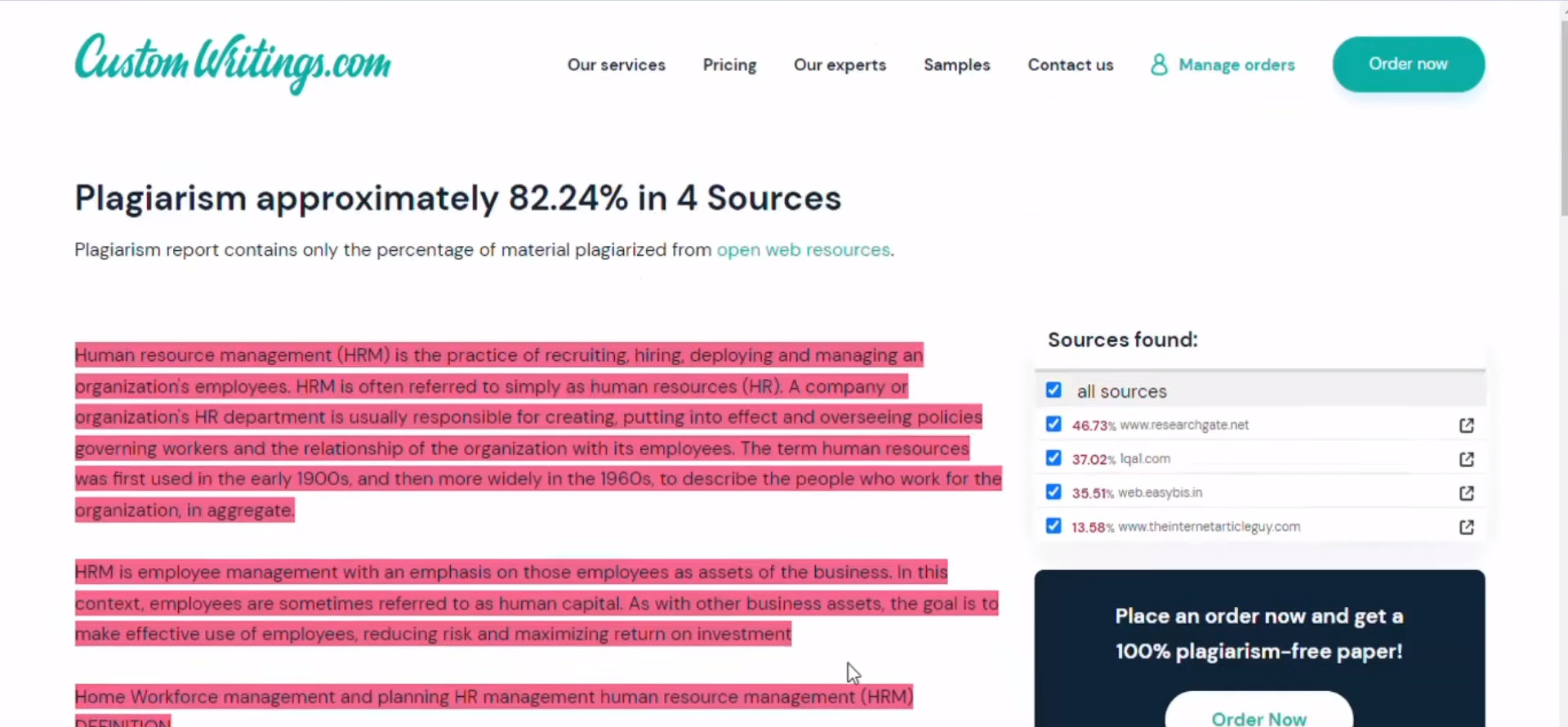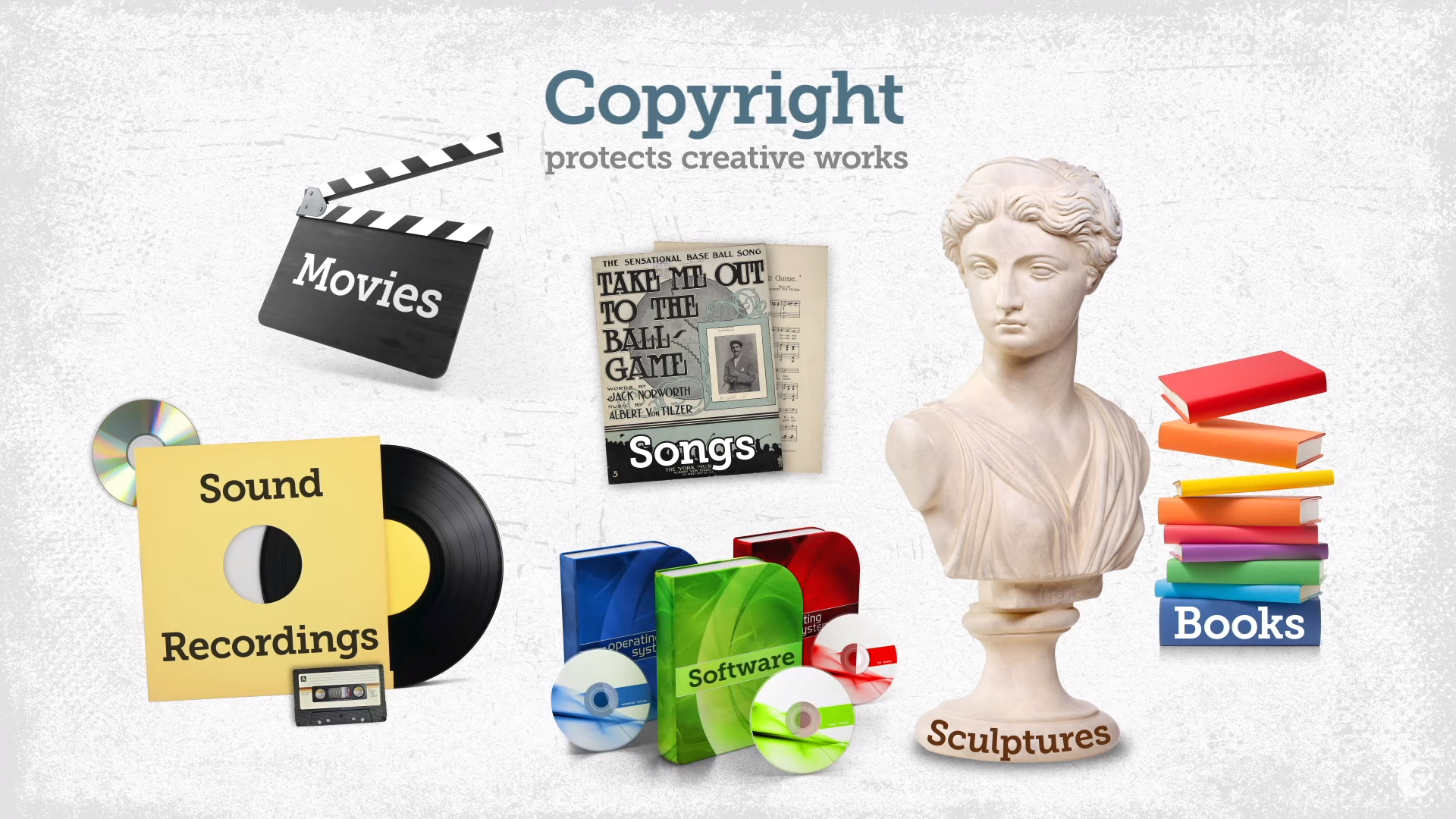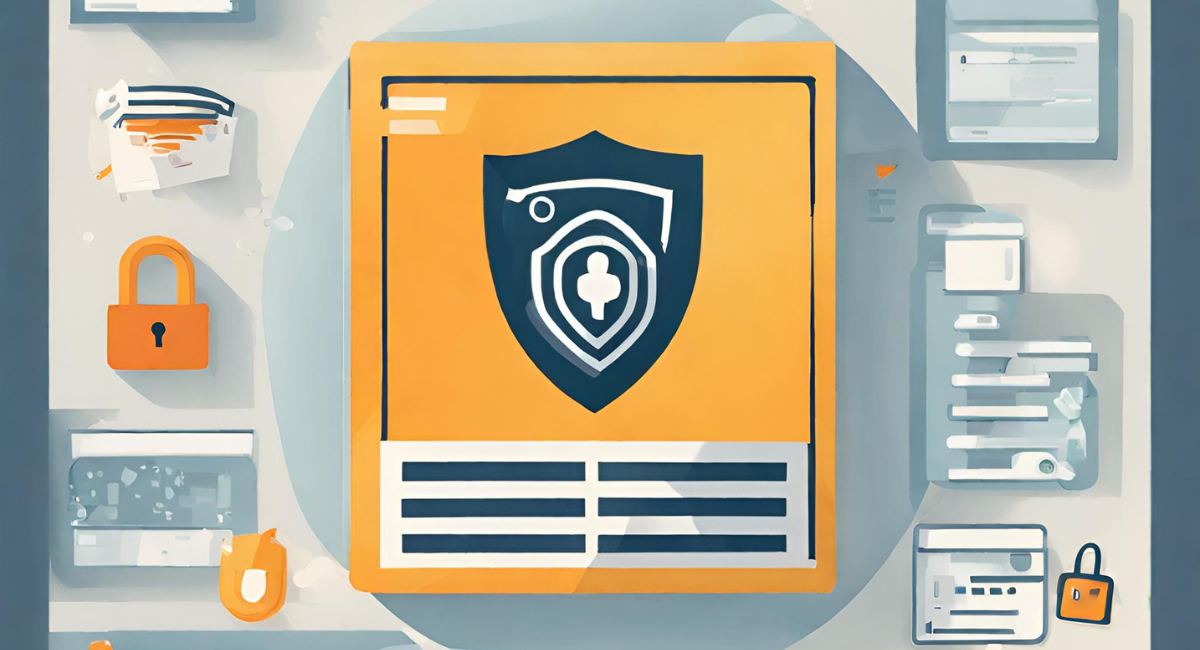To protect your creative work from copy/paste and piracy, start by copyrighting your content, using watermarks for visuals, employing digital rights management for digital assets, and regularly monitoring online usage. Educate your audience about copyright, and, if necessary, take legal action as a last resort, such as sending cease and desist letters or consulting with intellectual property attorneys.
Understanding the Threats

Before delving into protective measures, it’s crucial to comprehend the various threats creative individuals face regarding their intellectual property. These threats include:
Certainly, let’s delve deeper into these threats that creative individuals face regarding their intellectual property:
1. Copy/Paste Plagiarism: Copy/paste plagiarism is a pervasive threat where individuals, often without permission or proper attribution, directly copy and paste someone else’s work and present it as their own. This practice can occur across various platforms, including websites, social media, and academic settings.
2. Online Piracy: Online piracy is a more organized and widespread threat. It involves the unauthorized distribution and sharing of creative content, such as music, e-books, videos, or software, often for personal gain without compensating the original creator. Pirates may upload copyrighted content to torrent sites and file-sharing platforms or distribute it through peer-to-peer networks. The result is a significant financial loss for creators who rely on their work for income and a devaluation of their content.
3. Content Scraping: Content scraping is a subtle but insidious threat that targets online content. It refers to automated content extraction from a website or online platform without the owner’s knowledge or consent. The scraped content is often repurposed elsewhere, such as on spammy websites or aggregator sites, usually for generating ad revenue or traffic.
Protecting Your Creative Work:

Now that we’ve identified the threats let’s explore effective ways creative individuals can protect their valuable work:
Copyright Your Work
Copyright serves as a fundamental shield for your creative work. The moment you create something, it is automatically protected by copyright law. However, consider registering your work with copyright authorities to bolster your defenses. This additional step not only provides enhanced protection but also serves as undeniable evidence of your ownership. It’s an invaluable asset should you ever need to take legal action against copyright infringement.
Watermark Your Visual Content
Visual artists and photographers, in particular, can benefit from watermarking their images. Watermarks are visible identifiers, often containing the creator’s name or logo, strategically placed on the work. This adds a signature touch to your creations and discourages unauthorized use. When potential users see a watermark, it becomes clear that the work is protected and its use without permission is unauthorized.
Utilize Digital Rights Management (DRM)
For those in the realm of digital content, such as e-books, music, and videos, Digital Rights Management (DRM) tools are indispensable. DRM is a multifaceted security approach that safeguards your digital creations. It restricts access to authorized users, prevents unauthorized copying, and limits the number of devices that can access your work.
Monitor Your Online Presence (H2)
The internet is vast, and unauthorized use of your work can go unnoticed for extended periods. Tools like Google Alerts can be your vigilant sentinels. By setting up alerts for keywords related to your work, you can promptly identify instances of infringement. Moreover, specialized copyright monitoring services can provide even more comprehensive coverage, ensuring your intellectual property remains intact.
Create Stronger Passwords

In the digital landscape, securing your creative assets starts with strengthening your digital fortress. Crafting strong, unique passwords is essential to prevent unauthorized access to your digital files and online accounts. Password managers are valuable allies in this endeavor, as they can generate and securely store complex passwords, sparing you the burden of remembering them all.
Educating Your Audience:
- Copyright Notices: Including clear copyright notices on your website and with your creative content reminds visitors that your work is protected. It informs them that copying or using your work without permission is prohibited.
- Terms of Use: Crafting comprehensive terms of use for your website or platform is crucial. These terms should clearly outline how your content can and cannot be used and specify penalties for infringement, providing legal clarity.
- Public Awareness: Engaging with your audience on social media and your website to raise awareness about respecting intellectual property rights can help create a culture of respect. Encourage your fans and followers to report instances of infringement, promoting a sense of community responsibility.
Legal Action as a Last Resort:
- Cease and Desist Letters: When preventive measures fail and your work is used without permission, you can send cease and desist letters to those infringing on your rights. This formal communication requests that they immediately stop using your work or face legal consequences.
- Consult Legal Professionals: In cases where infringement escalates, consulting with intellectual property attorneys specializing in copyright and trademark law is advisable. These professionals can guide you through the legal process and help you take appropriate legal action to protect your creative work.
Benefits of Protecting Your Data From Copy/Paste or Getting Pirated
1. Preservation of Your Hard Work
When you protect your data, you ensure your hard work and creativity remain yours. This preservation of your intellectual property allows you to continue benefiting from your efforts without fearing unauthorized use or theft.
2. Financial Security
Unauthorized copying and piracy can lead to substantial financial losses. By safeguarding your data, you can maintain control over its distribution and monetization, ensuring you are fairly compensated for your creative endeavors.
3. Legal Recourse
Protections enable you to take legal action against infringers if necessary. This can serve as a deterrent to potential copyright violators and help you enforce your rights.
4. Long-Term Sustainability
By safeguarding your data, you contribute to the long-term sustainability of your creative career. Ensuring that your work isn’t pirated or plagiarized helps secure your place in your chosen field for years.
Conclusion
Protecting your creative work from copy/paste plagiarism and piracy is an ongoing process that requires vigilance and the implementation of various strategies. By copyrighting your work, using technological safeguards, educating your audience, and, if necessary, seeking legal recourse, you can ensure that your creative efforts remain secure and flourish in the digital realm.
FAQs
What is the first step in protecting my creative work from copy/paste plagiarism?
The first step is to copyright your work. While your work is automatically copyrighted upon creation, formal registration provides additional legal protection.
Are there any free tools for monitoring online infringements of my work?
Yes, you can use Google Alerts to monitor mentions of your work online. Additionally, some copyright monitoring services offer free basic plans.
What should I include in my copyright notice?
A copyright notice should include the © symbol, your name or company name, and the year of creation. For example, “© [Your Name] 2023.”
Can watermarking images prevent unauthorized use?
While watermarking can deter some individuals from using your images without permission, determined infringers may still attempt to remove watermarks. However, it provides a visible deterrent.
When should I consider legal action against copyright infringement?
Legal action should be considered a last resort when other preventative measures fail. Consult an intellectual property attorney to assess your options and determine if legal action is necessary.
Are there international copyright laws that protect my creative work globally?
Yes, international copyright agreements like the Berne Convention and the Universal Copyright Convention provide copyright protection to your creative work in many countries. However, it’s essential to check the specific copyright laws and requirements in each country where you want to enforce your rights, as they may vary.
Can I use Creative Commons licenses to protect my work while allowing certain uses?
Certainly. Creative Commons licenses offer a flexible way to protect your work while granting specific permissions to users. You can choose from various licenses that determine how others can use your work, whether for non-commercial purposes, with attribution, or with modifications allowed.
Can my creative work be protected if it’s posted on social media?
Yes, you can protect your creative work on social media platforms. Even though you share your content publicly, it’s still subject to copyright protection. You can include copyright notices in your posts and set your profiles to private if you want to limit access. Additionally, platforms like Instagram offer copyright reporting tools to address infringement.
